Given the increasing transaction fees caused by Ordinals activity in the Bitcoin timechain, many Bitcoiners have sought alternative solutions to keep their transaction fees low during these periods. While Bitcoin Layer 2 options like the Lightning Network offer low transaction fees, it may not be practical for Bitcoin hodlers to migrate their entire holdings to Lightning, as many Lightning wallets are custodial, meaning users must rely on a trusted third party to hold their funds. While this custodial approach may be suitable for small amounts that users are likely to spend, many Bitcoiners will feel uneasy about not having self-custody of their bitcoin. Additionally, achieving self-custody of a substantial stack on Lightning would require significant technical knowledge and still necessitate dealing with the Bitcoin timechain. However, the appeal of low transaction fees has driven some Bitcoiners to explore alternative solutions.
A particular challenge faced by Bitcoiners who follow a dollar-cost averaging (DCA) stacking strategy is withdrawing small amounts, ranging from $5 to $100 worth of bitcoin, from exchanges to the timechain. This practice often leads to a buildup of numerous and small unspent transaction outputs (UTXOs), complicating coin control management and potentially leading to higher fees when combining UTXO inputs for larger transactions. Consequently, alternative low-fee options have emerged to address this issue.
Liquid-Bitcoin (L-BTC) on Blockstream's Liquid sidechain and wrapped bitcoin (WBTC), an ERC-20 token on the Ethereum network, are two prominent alternatives that aim to enhance liquidity and functionality while, in theory, minimizing transaction fees. Let's delve into the differences between L-BTC and WBTC, as well as the pros and cons of each:
Liquid-Bitcoin (L-BTC) On Blockstream's Liquid Sidechain:
- L-BTC operates on the Liquid sidechain, which is a separate blockchain built on top of the Bitcoin network.
- Liquid employs a federated consensus model, where a group of trusted functionaries validate transactions on the Liquid network.
- L-BTC facilitates interblockchain transactions with other assets issued on the Liquid sidechain, providing enhanced privacy features and confidential transactions.
- Pros of L-BTC: Faster transaction confirmations due to shorter block times, improved privacy features, compatibility with other assets on the Liquid sidechain, and the ability to leverage Bitcoin's liquidity in cross-chain transactions. Participants in the network can run their own node to verify proof-of-reserves and peg in their bitcoin into Liquid without the need for a federated third-party member. Liquid does not perform KYC / AML procedures for users to obtain L-BTC.
- Cons of L-BTC: Reliance on a federated consensus model, limited availability of “decentralized” applications compared to Ethereum, and the need for trust in the functionaries. Additionally, users require a federated third-party member to peg out from Liquid to the main chain.
Wrapped Bitcoin (WBTC) On Ethereum:
- Originally jointly initiated by Kyber, BitGo, and the now defunct Republic Protocol (REN), WBTC is an ERC-20 token on the Ethereum blockchain, utilizing Ethereum's smart contract functionality to lock up bitcoin and issue WBTC tokens.
- WBTC's governance involves multiple entities that form part of a decentralized autonomous organization (DAO), merchants who provide liquidity, a single custodian, BitGo, who holds the bitcoin reserves, and token holders who participate in voting.
- WBTC benefits from the extensive Ethereum ecosystem (if that’s what you’re into), enabling seamless interoperability with Ethereum-based decentralized applications (dApps) and smart contracts.
- Faster transaction transfers and cheaper fees compared to Bitcoin’s main chain.
- Pros of WBTC: Integration with the Ethereum ecosystem, wider availability of so-called “decentralized” applications, decentralized governance involving multiple stakeholders, and the ability to leverage Bitcoin's liquidity within the Ethereum network.
- Cons of WBTC: Slower transaction confirmations and higher fees during network congestion on the Ethereum network, reliance on a single custodial entity for holding bitcoin reserves, and the need to trust the custodian. In contrast to L-BTC, WBTC carries less certain counterparty risk, as its governance is not as well defined. You cannot run your own node, and peg ins and peg outs are solely dependent on the WBTC merchants. Finally, WBTC merchants are required to perform KYC / AML procedures to verify the user’s identity.
- Note: WBTC has some limited use for those using the Tron protocol.
Regarding possible failures or potential risks, it's important to note that both L-BTC and WBTC rely on trusted intermediaries and custodians for their operations. Failures in custody, governance, or regulatory compliance could pose risks to users' funds or the stability of these systems. While there have been no major reported failures, risks exist and users should exercise caution and perform due diligence when engaging with L-BTC or WBTC.
It bears noting that 11 of the 15 Liquid Federation functionaries would need to collude in bad faith to rug-pull users from their pegged-in bitcoin, thereby, reducing the possibility of acting in bad faith. The way by which a rug-pull would take place in WBTC is less certain, but with only a single custodian of their locked-in BTC, a central point of failure is one of WBTC’s major weaknesses. What is evident is that for both L-BTC and WBTC, there are increased risk trade-offs from self-custody.
From a Bitcoin-only perspective, using L-BTC or WBTC may raise ethical implications, as it could be seen as deviating from the original vision of Bitcoin as a standalone, decentralized network. Bitcoiners could argue that tokenizing Bitcoin undermines the core principles of the network and introduces additional risks and complexities. They emphasize the importance of Bitcoin's sovereignty, security, and censorship resistance.
However, proponents of L-BTC and WBTC may contend that tokenized versions of bitcoin can enhance liquidity, scaling, and functionality, thus benefiting the overall ecosystem. Both tokens could be alternatives that allow bitcoin hodlers to access the advantages of other blockchain networks — such as faster transaction confirmations, interoperability with dApps, and additional financial instruments.
WBTC has an advantage over L-BTC when accessing other crypto ecosystems and activity. However, Blockstream's Liquid Network provides a platform where L-BTC can be exchanged for various digital assets, including stablecoins like USDT (tether) and L-CAD (Canadian dollar-denominated gift certificates issued by Bull Bitcoin). This feature enables users to access different digital assets and expands their options for trading, remittances, and other financial activities within the Liquid ecosystem.
Additionally, as per previous announcements, the Liquid Network will be utilized for the issuance of the El Salvador Bitcoin Bond (recently amended to a Volcano Mining Equity). This demonstrates the network's capability to facilitate the issuance and management of tokenized financial instruments, further expanding the use cases beyond simple asset exchange.
Everything considered, L-BTC is a superior option compared to WBTC due to its distinct advantages over transaction fees and the speed of transfer times. While WBTC relies on the Ethereum (and Tron) network, which are prone to frequent congestion issues and high fees, L-BTC provides faster and more cost-effective transactions. By leveraging the Liquid Network, L-BTC offers low fees, quicker confirmations, and improved scalability, making it a more efficient and practical solution for willing bitcoin holders. With L-BTC, users can enjoy the benefits of Bitcoin's main chain while bypassing the limitations and challenges associated with WBTC on the Ethereum network.
To make the most of L-BTC for the purpose of low fees, it is well-suited for short-term and medium-term holding strategies.
Three-Step Process To Leverage The Benefits Of L-BTC
- Withdrawal from exchange to L-BTC: There are a number of exchanges which support L-BTC and allow you to withdraw directly to a wallet that supports L-BTC (Green Wallet or Aqua). This allows you to bypass additional conversions or transfers, ensuring that you retain the advantages of L-BTC throughout the process. An additional advantage is an option to store L-BTC in cold storage with a hardware device such as Blockstream Jade.
- Wait for ideal UTXO denomination: Keep adding to your L-BTC stack until you accumulate a sufficient amount of satoshis to create a desirable unspent transaction output (UTXO) denomination. This step helps optimize coin control and simplifies future transactions.
- Peg out using SideSwap or a similar service: When transaction fees are low you should peg out to reappropriate the funds back to the Bitcoin main chain. You can utilize a service like SideSwap, which facilitates the conversion of L-BTC to BTC, taking into account the conversion fee of around 0.1%. It's important to consider this fee when planning your transactions to ensure accurate cost calculations.
By following this flow, you can effectively utilize L-BTC for short-term and medium-term hodling, and take advantage of its low fees and faster transaction confirmations. This approach can be particularly useful in a permanent high-fees environment, where L-BTC offers a cost-effective solution compared to on-chain Bitcoin transactions.
Currently, popular Bitcoin exchanges like Swan, Strike, CoinCorner, Relai, Amber, River and Bitonic do not currently have support for L-BTC withdrawals. However, just like many have integrated Lightning withdrawals, they will likely respond to a demand for L-BTC.
For Bitcoin hodlers seeking an alternative to the main chain, L-BTC offers a compelling option compared to WBTC on Ethereum. L-BTC's advantage lies in its utilization of bitcoin itself, ensuring a closer alignment with the principles and vision of the Bitcoin network. By leveraging L-BTC, users can benefit from faster confirmations, enhanced privacy features, and compatibility with other assets on the Liquid sidechain. From the perspective of preserving the integrity of Bitcoin's core principles, L-BTC stands as a preferable choice for Bitcoin hodlers seeking alternative low-fee options while maintaining a direct connection to the Bitcoin network.&

You can get bonuses upto $100 FREE BONUS when you:
💰 Install these recommended apps:
💲 SocialGood - 100% Crypto Back on Everyday Shopping
💲 xPortal - The DeFi For The Next Billion
💲 CryptoTab Browser - Lightweight, fast, and ready to mine!
💰 Register on these recommended exchanges:
🟡 Binance🟡 Bitfinex🟡 Bitmart🟡 Bittrex🟡 Bitget
🟡 CoinEx🟡 Crypto.com🟡 Gate.io🟡 Huobi🟡 Kucoin.
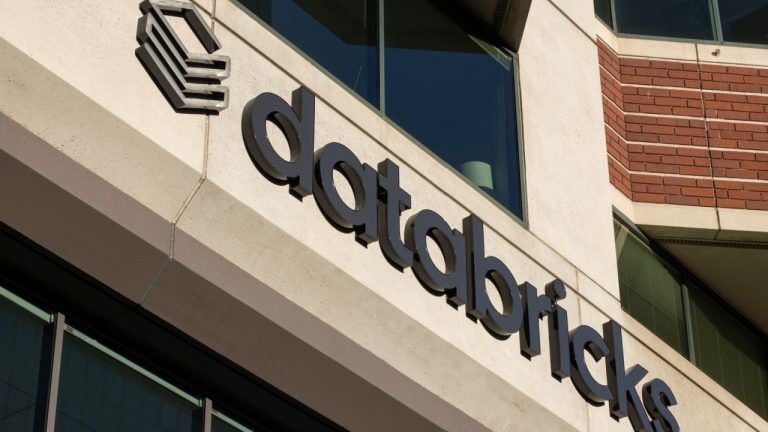

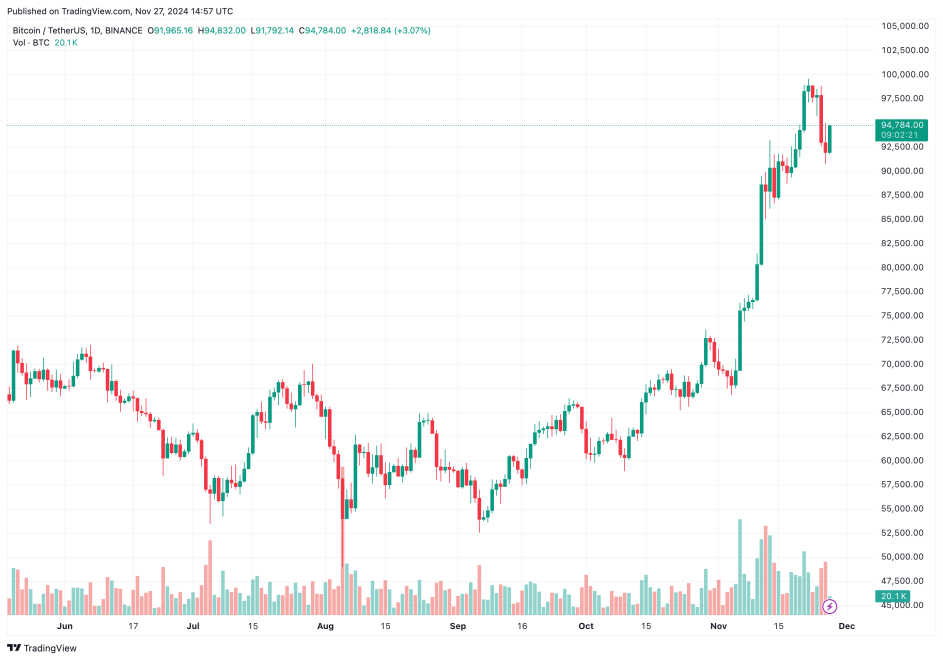




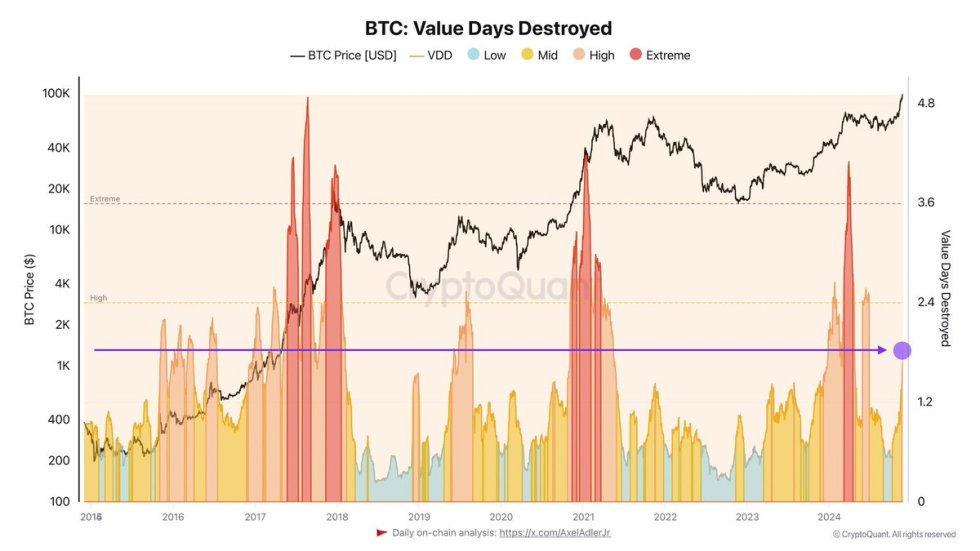
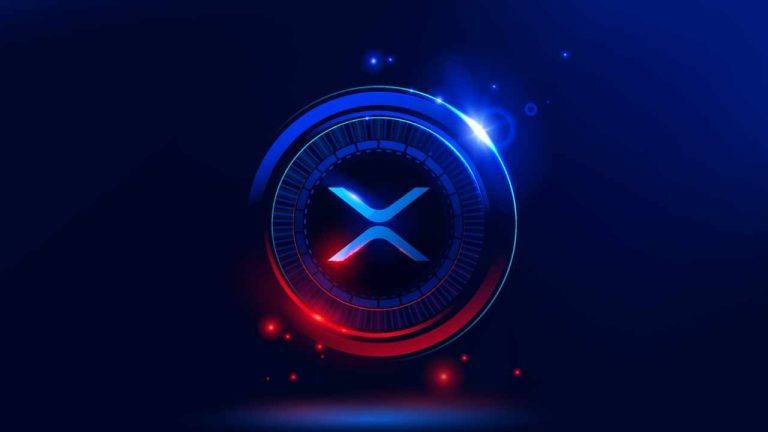


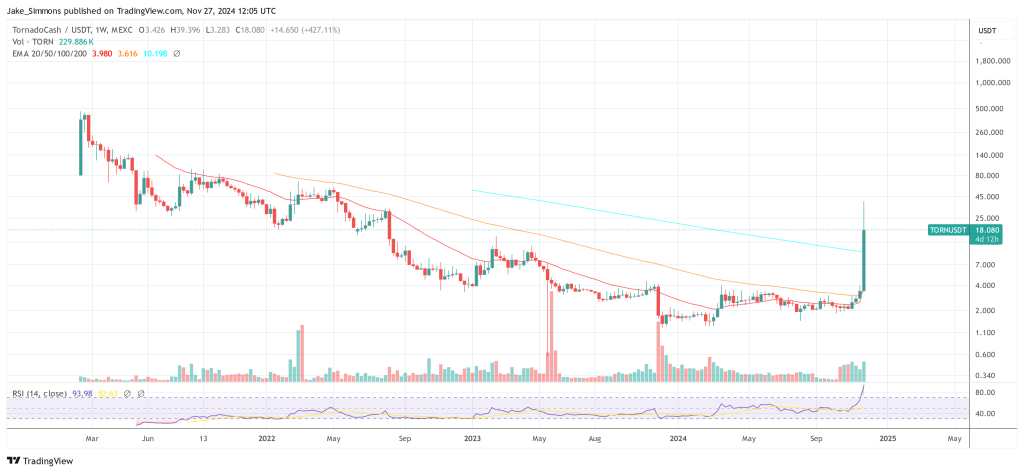





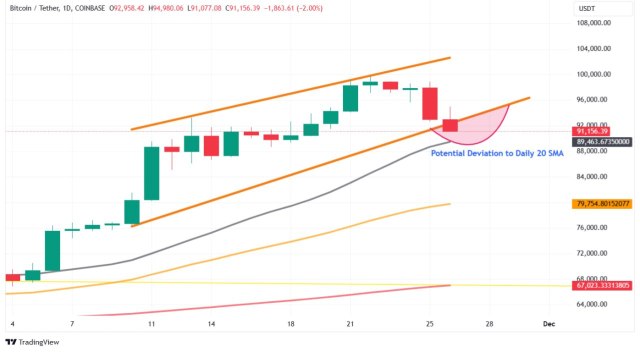


Comments